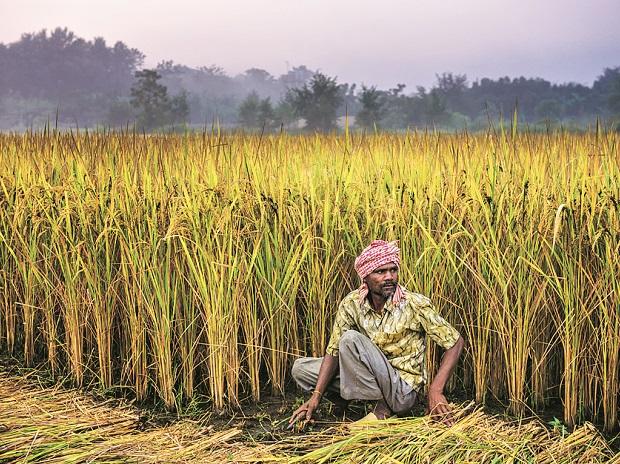Developing members at the WTO are faced with shrinking policy space to support their agricultural sector owing to the restrictive provisions of the Amber Box. Contrastingly, most developed members are able to provide high levels of product-specific support without breaching their commitments, on account of their AMS entitlement. For some of these members, the Blue Box plays a pivotal role in expanding the policy space with respect to domestic support to agricultural products. Though a lot of scholarship has discussed and examined Amber and Green boxes, the Blue Box remains relatively shrouded in mystery. Testimony to this is the fact that although the Blue Box has found use amongst the developed members, no developing Member, except for China in 2016, had ever used the Blue Box to support their producers. Given the impasse in the Doha Round and limited flexibilities available under Amber Box, this paper examines the feasibility and compatibility Blue Box measures with the socio-economic situation of developing members. To this end, the provisions of the Blue Box are demystified based on the Agreement on Agriculture and the practices of members. Further, it traces the genesis of Blue Box and members position on this Box in the agricultural negotiations. Findings of this paper bring to fore the various operational flexibilities available in implementing Blue Box programmes to support agriculture.
By The Centre for WTO Studies.


Recent Comments